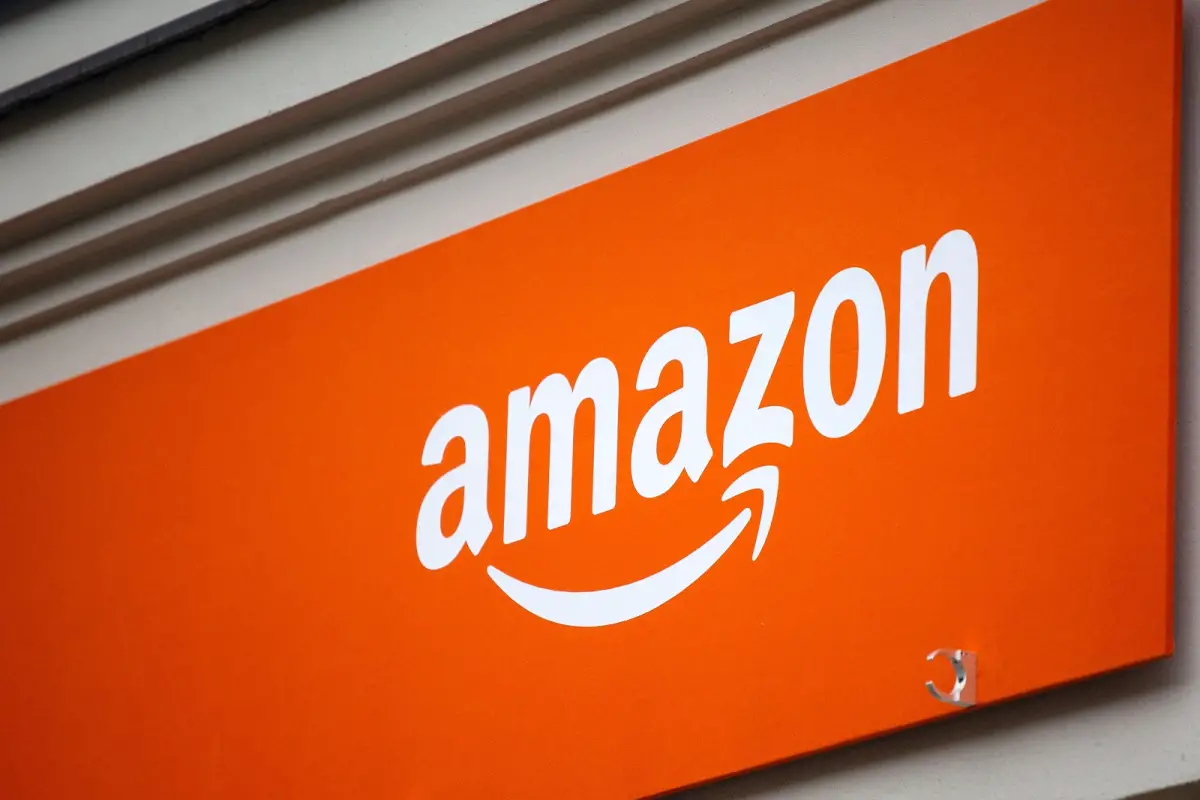
Amazon’s ambitious Project Kuiper, aimed at providing affordable home internet through a network of low Earth orbit (LEO) satellites, is making significant strides. With mass production of satellites set to begin, Amazon is gearing up to challenge existing satellite internet services like SpaceX’s Starlink.
The Road to Mass Production
Amazon announced that Project Kuiper, which plans to deploy over 3,000 satellites, is now ready for mass production. The satellites will be manufactured at a dedicated facility in Kirkland, Washington, and will be launched with the help of partners including ULA, Arianespace, and Blue Origin. This production phase marks a critical step towards the project’s goal of offering widespread internet coverage by 2025.
Upcoming Launches and Beta Testing
The first batch of these satellites is expected to be launched in early 2024. This will be followed by beta testing later in the year, with a select group of commercial customers initially receiving the service. Full-scale deployment is anticipated to roll out in 2025, starting in the United States and expanding globally.
Service and Pricing Details
Project Kuiper aims to provide three main service tiers:
- Standard Service: Featuring an 11-inch square antenna, this option will offer speeds up to 400 Mbps, ideal for typical household use.
- Pro Service: Using a larger 11-inch by 30-inch antenna, this tier will deliver speeds up to 1 Gbps, suitable for businesses or large households.
- Portable Service: A compact 7-inch square antenna providing speeds up to 100 Mbps, designed for users who need internet on the go.
Amazon is positioning its service as a more affordable alternative to Starlink, with prices expected to be around $100 per month or lower. The cost of the standard residential dish is estimated to be under $400, significantly cheaper than Starlink’s $599 equipment.
Addressing Connectivity Challenges
Project Kuiper is not just about competing with existing services; it also aims to bridge the digital divide by providing high-quality internet to underserved and unserved areas. By leveraging LEO satellites, Amazon promises lower latency and faster speeds, making the service viable for applications such as video calls, online gaming, and HD streaming.
As Amazon moves forward with mass production and subsequent launches, the tech giant is poised to become a major player in the satellite internet market. The successful deployment of Project Kuiper could significantly enhance global internet accessibility, offering a reliable and affordable solution to millions of users worldwide.


















